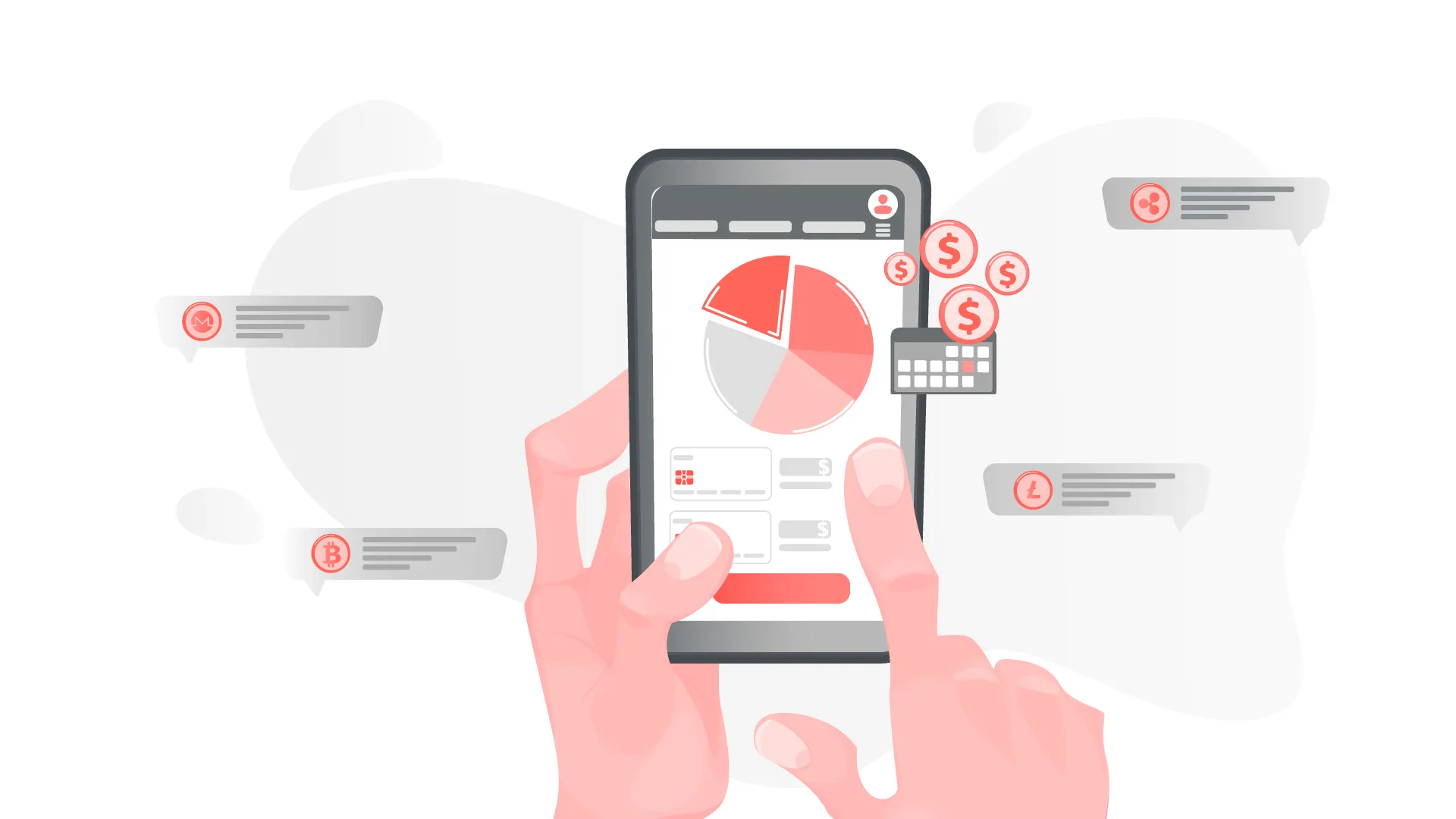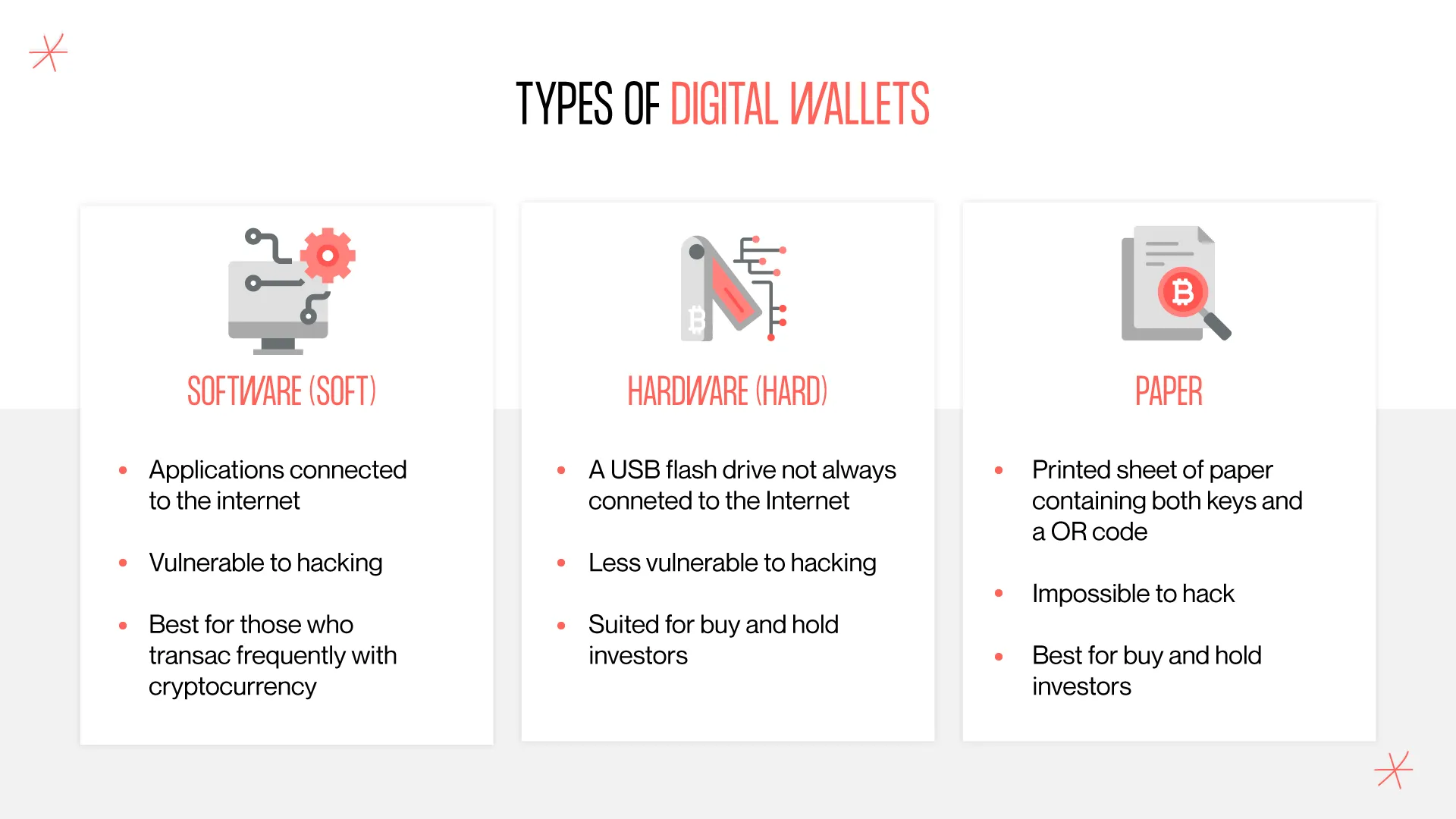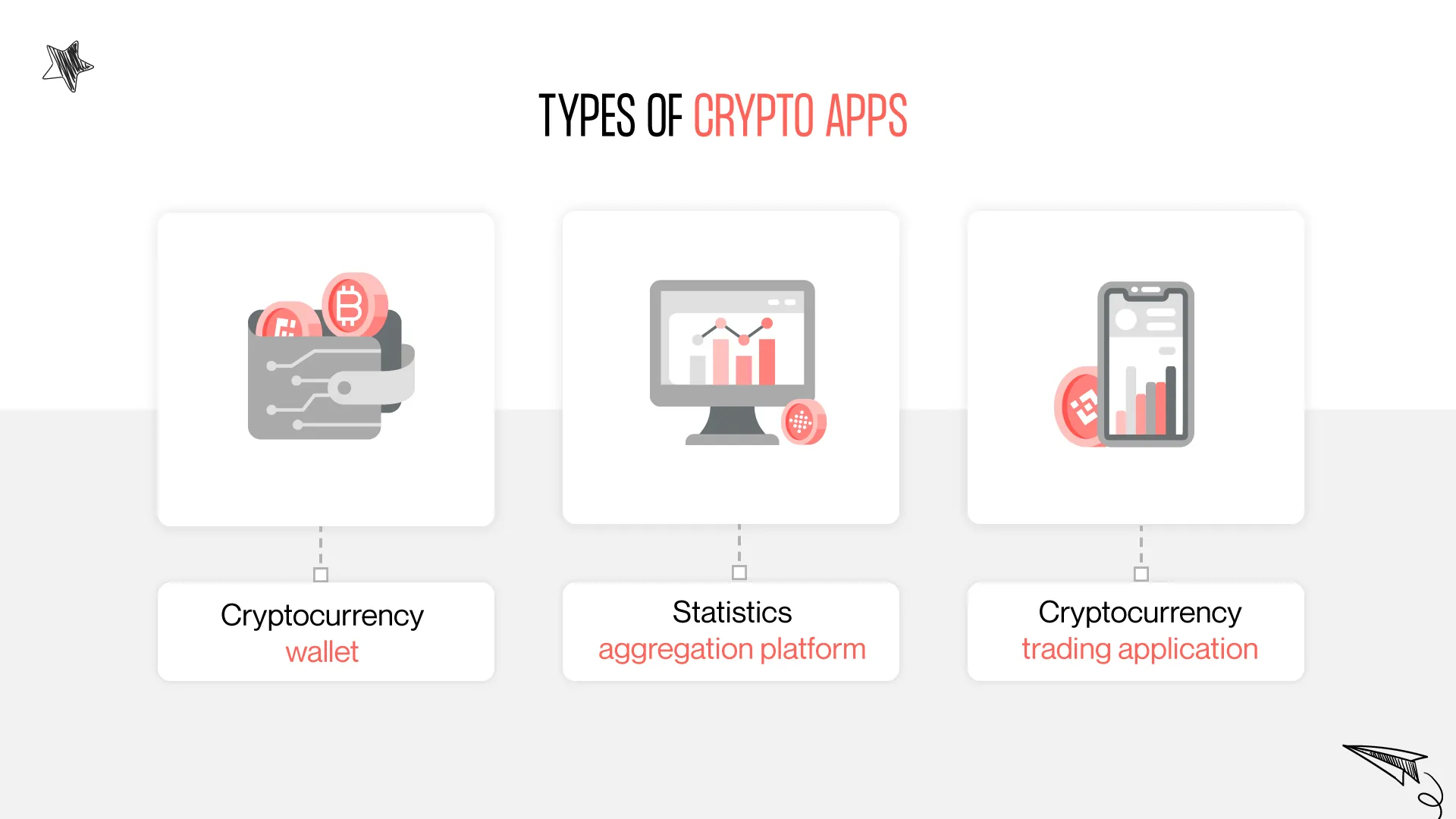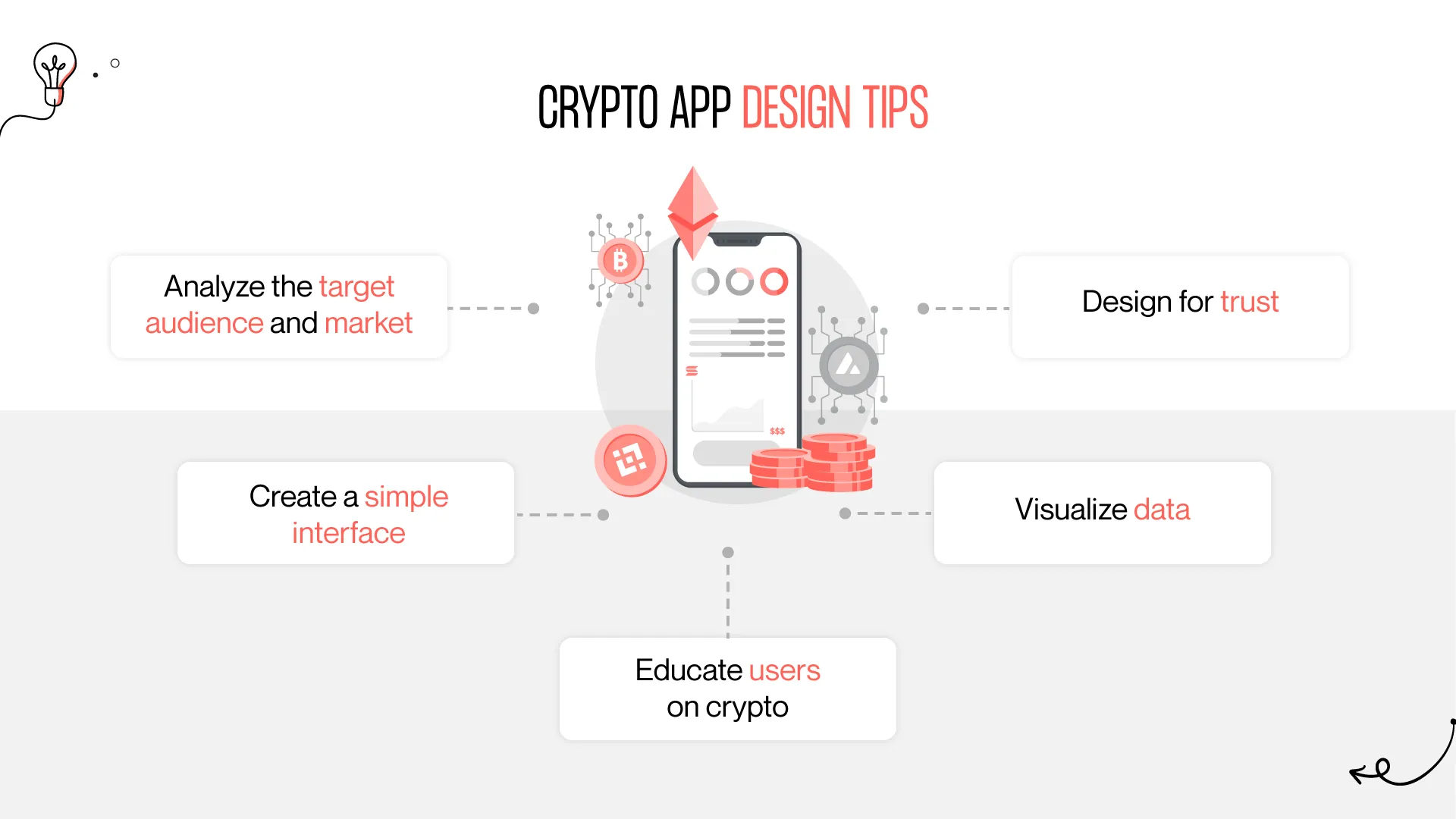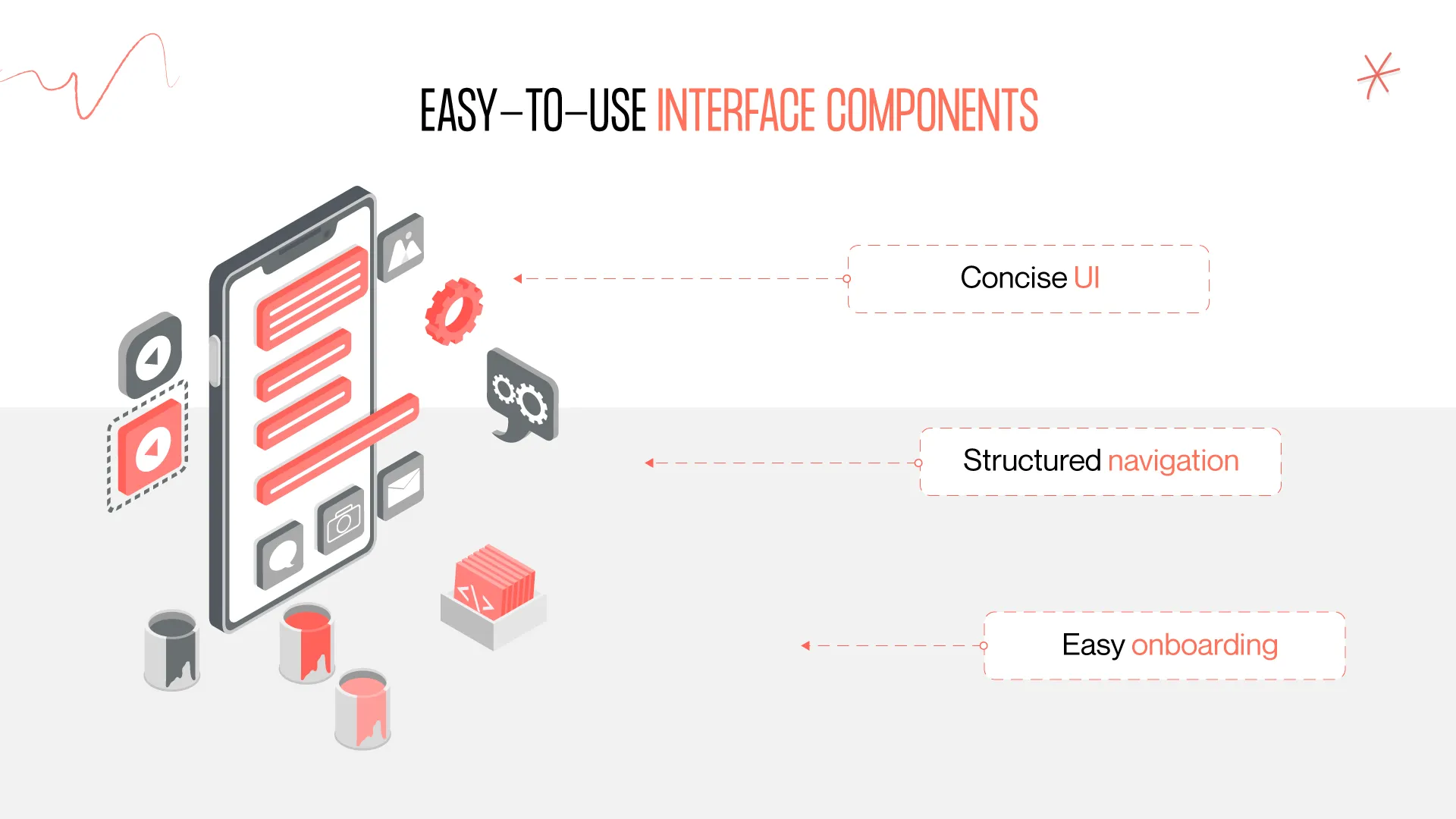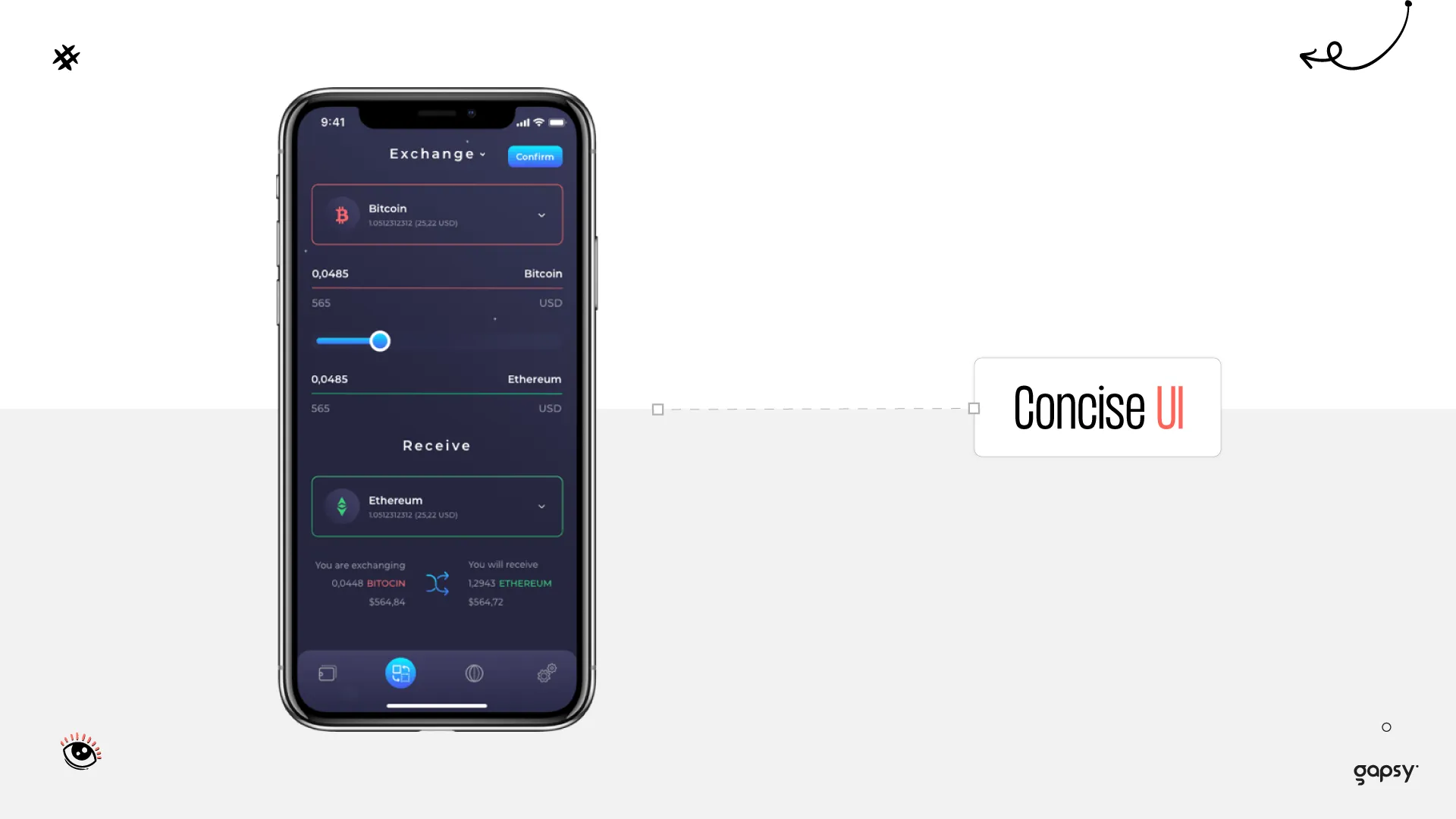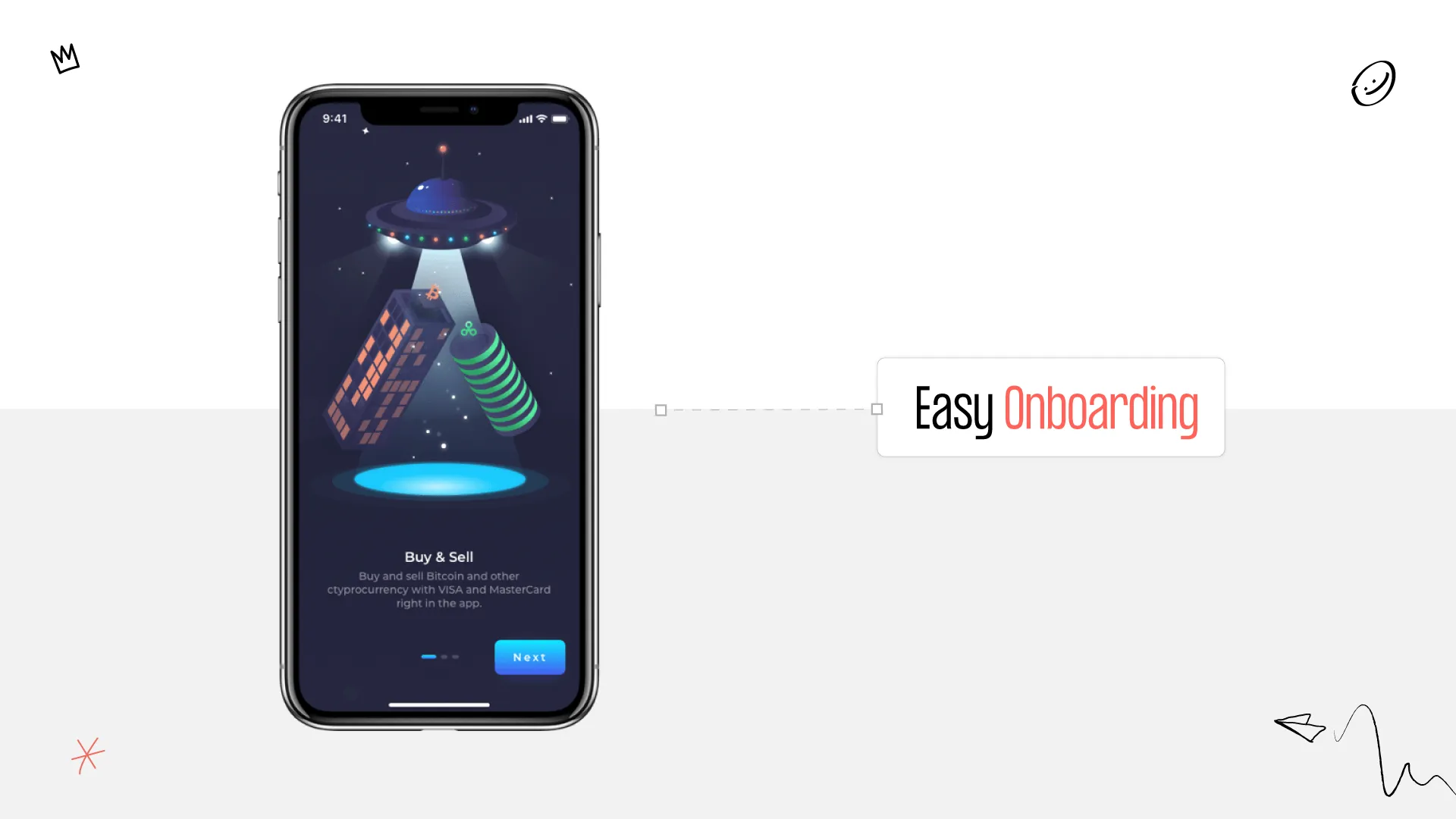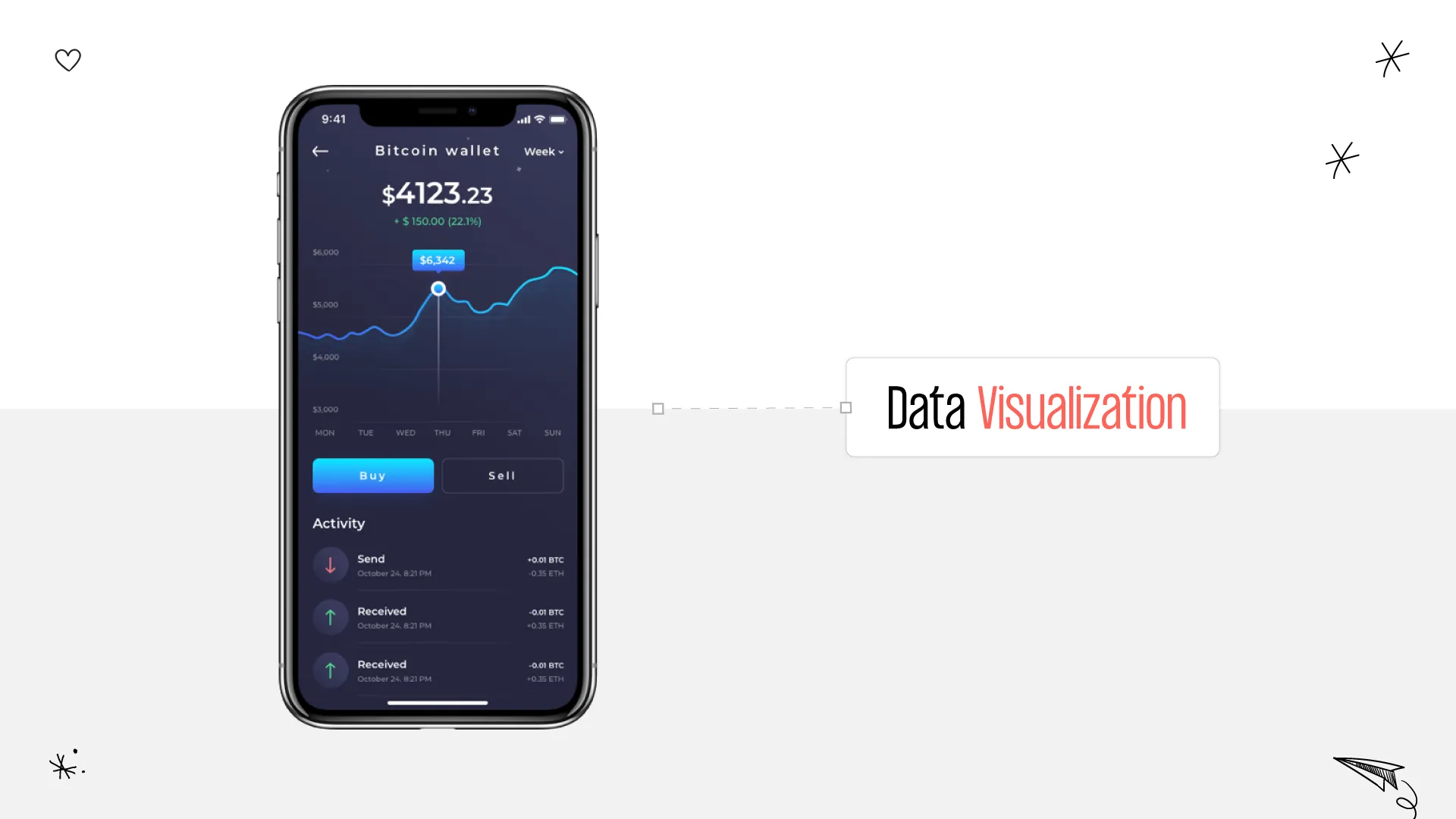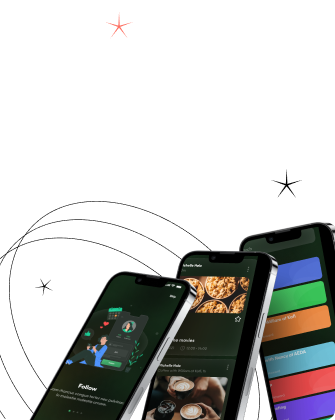In recent years, cryptocurrency has taken the world by storm, revolutionizing the way we think about money. There is a growing need for user-friendly and secure platforms that allow individuals to store, buy, sell, and manage their digital assets. 97% of users consider cryptocurrency a safe way of earning an income through investing. With the increasing popularity of cryptocurrencies, the demand for high-quality crypto app design has skyrocketed, with many companies and startups investing in creating innovative solutions for their users.
Today, the total crypto market cap is $1,19 trillion. Despite the changing crypto nature, the potential benefits of well-designed crypto apps are undeniable. This article will help you understand how to create a successful cryptocurrency app design. Stay tuned!
